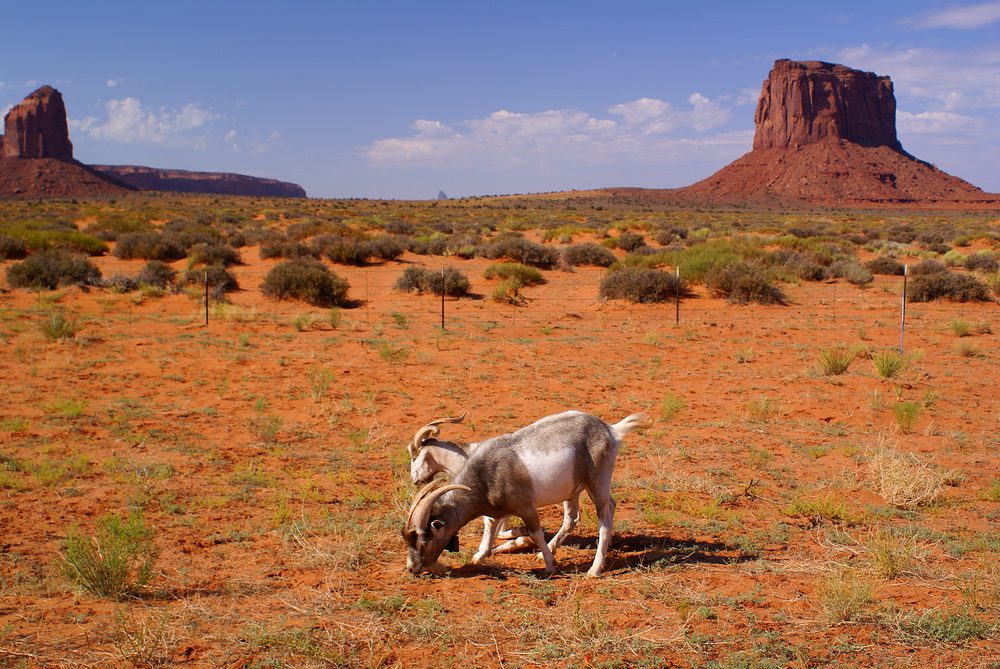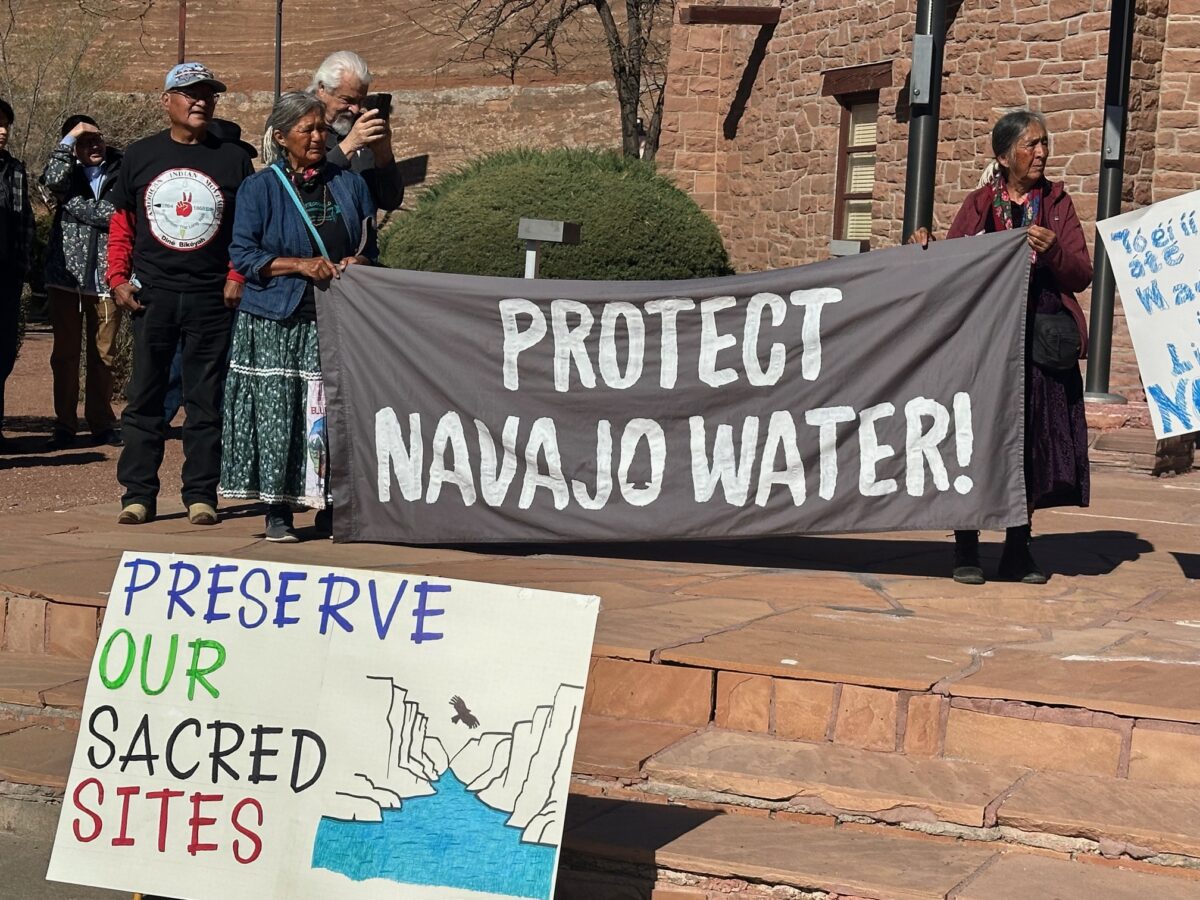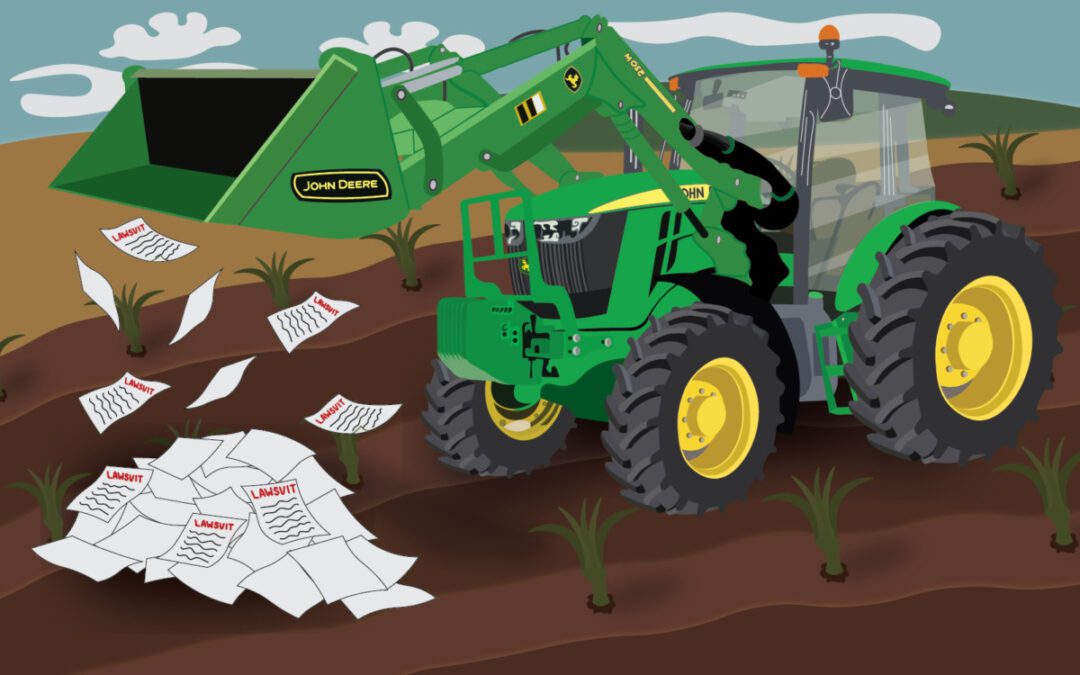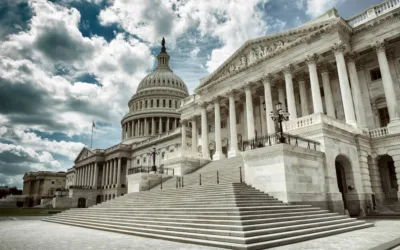
Photo: Elzbieta Sekowska/Shutterstock
A new policy action report highlights how federal policies are shaping life in rural communities across the nation, offering a roadmap for addressing their unique challenges.
Across the country, rural Americans are facing challenges that go far beyond headlines and statistics: An Appalachian woman whose life was saved by Medicaid worries that rural areas will be hit especially hard by federal health care cuts. Farmers in isolated communities fear that efforts to privatize the US Postal Service will leave them unable to receive medications by mail or return mail-in ballots. A family farmer laments the impact of an immigration raid on his small town’s economy and social fabric.
For millions living outside the nation’s big cities, these stories are the lived reality of political choices and shifting federal priorities.
In its 2025 Rural Policy Action Report, released this week as a “Roadmap to Rural Progress,” the Rural Democracy Initiative (RDI) makes it clear that these aren’t isolated struggles. They reflect a broader fight to ensure rural people aren’t left behind.
Tribal farmers and Indigenous communities contend with systemic challenges
In Arizona, Tribal communities are at the heart of rural life. But for generations, Indigenous farmers—along with Black landowners and other people of color—have endured lending discrimination from the US Department of Agriculture (USDA), limiting their ability to thrive.
The 2021-2022 Congress acknowledged this discrimination and allocated almost $5 billion to provide loan forgiveness for affected groups and organize an equity commission. The Biden administration also approved $31 million in investments to support Tribal communities, prioritizing projects like expanded internet access, land protection, and flexible lending.
But cuts to federal agricultural agencies—combined with attacks from the Trump administration on programs that use the words “diversity” or “minority”—add more roadblocks for marginalized groups in Arizona and beyond.
RDI’s policy blueprint underscores the importance of collaboration between Tribal governments and the federal government when it comes to land management and policymaking. According to RDI, Tribal and Native landowners should retain sovereignty over their resources without the threat of interference from corporate interests.
“When Tribal nations are thriving, the whole region thrives. The U.S. Constitution recognizes Tribal nations, and we must honor our treaties,” the report reads. “The federal government should engage in nation-to-nation consultation with Tribal governments on federal projects and rulemakings in a manner consistent with the United Nations Declaration on Indigenous Peoples, acknowledging their right to “‘free, prior, and informed consent.’”

Dzil Yijiin elders Lorraine Herder and Edith Simonson hold banners while defending waters that have sustained the Diné. (Rural Democracy Initiative/Contributed)
Signs of progress from 2021-2024
With contributions from dozens of local elected officials and rural organizations nationwide, RDI’s report includes a policy scorecard that highlights progress made since 2021 on policies that deliver for rural people. Between 2021-2022, positive investments were made in rural renewable energy, general economic development, and farm conservation.
Progress continued, albeit more slowly, from 2023-2024. RDI details ballot initiatives aimed at ensuring paid sick leave and minimum wage for farm workers, “right to repair” rules that enable rural Americans to make repairs to their own property, and efforts to increase oversight for corporate meatpackers whose dominance threatens small farms.
A marked shift in 2025
Since the start of 2025, the report found that progress in rural policy has been significantly challenged and even halted by cuts and closures at the federal level.
The Trump administration has frozen programs and altered policy that directly affects rural communities, including ending rural infrastructure improvements, slashing support for programming that allows schools to purchase healthy food for students directly from local farmers, and removing safety regulations on corporations.
Cuts to Medicaid and shuttered rural hospitals, along with tax breaks for the wealthy and threats to social programs like SNAP, disproportionately affect rural communities—a central concern for RDI. The Trump administration has also halted efforts for equity and diversity in the agricultural sector by dismantling programs meant to provide support for marginalized groups, like Arizona’s aforementioned Tribal farmers. At the same time, they’ve invested billions of taxpayer dollars into detaining immigrants—many of whom work in rural communities.
From shared values to shared prosperity
In looking to the future with the hopes of improving rural communities, the 2025 RDI report suggests four pillars for reform: Reining in corporate greed, investing in foundational local infrastructure, supporting equity, and stewarding land and natural resources.
Rural Americans share the same values as most Americans: Safety and security for those they love, financial stability, and the promise of sustainable success for future generations.
For RDI, this looks like ensuring rural workers have fair and affordable access to health insurance, expanding credit and lending options so local businesses can thrive, and encouraging union involvement to secure jobsite safety.
It means prioritizing antitrust legislation that drives business back toward small farms, investing in renewable energy to protect public lands, extending broadband internet access, and increasing access to higher education or career training for young adults—just to name a few.
Rural impact extends beyond rural America
These policies are popular among rural voters, even in battleground states. A 2024 from RDI showed that 92% of likely rural voters in these states support essential funding for rural hospitals and pushing back against medication price gouging. 87% of those polled believe in protecting natural resources from corporate polluters, while 76% support requiring wealthy people to pay their fair share of taxes and help invest in support for working families.
Rural policy progress isn’t a radical idea—it’s a reflection of the people it supports.
A stronger rural America has ripple effects throughout the nation, both economically and socially. While rural communities are often neglected or even scapegoated by politicians, RDI points out that the US “runs on the work and innovation of working people.” By making space for rural interests in the policy-building process, the American economy can thrive “from the bottom up and middle out, not the top down.”

Arizona AG Kris Mayes joins lawsuit against John Deere amid fight for farmers’ right to repair
PHOENIX – Arizona Attorney General Kris Mayes, the Federal Trade Commission and other state attorneys general say John Deere’s repair methods are...

Gwen Frisbie-Fulton: ‘The people closest to the problem are often the ones who can find the solution’
About two years ago, tents started to show up in my neighborhood along the creek beds and in small stands of trees. Most only became visible when...

Opinion: Rural communities deserve an administration that will invest in and fight for us
Over the past four years, rural communities across the country have seen renewed investments and growth through landmark legislation passed by the...

Project 2025 would make flying more expensive and less convenient for rural and small-town Arizonans
Experts have warned that ending the Essential Air Service program, as Project 2025 sets out to do — and as Donald Trump tried to do during his first...





